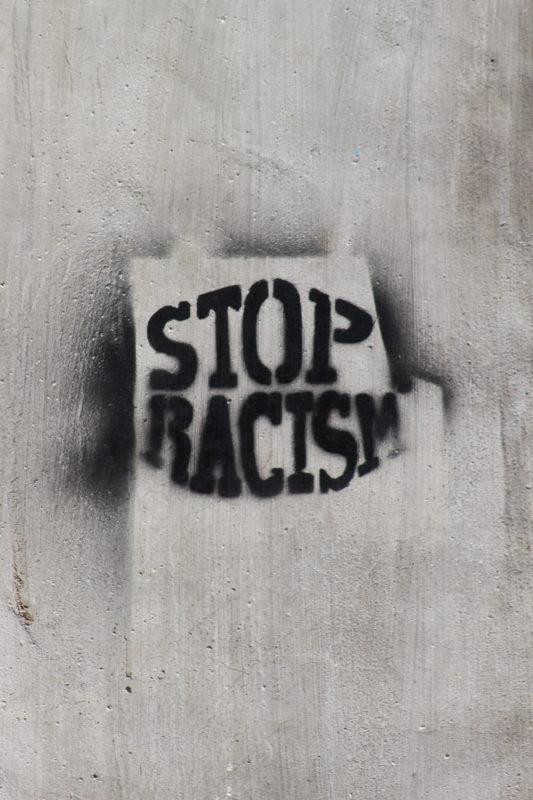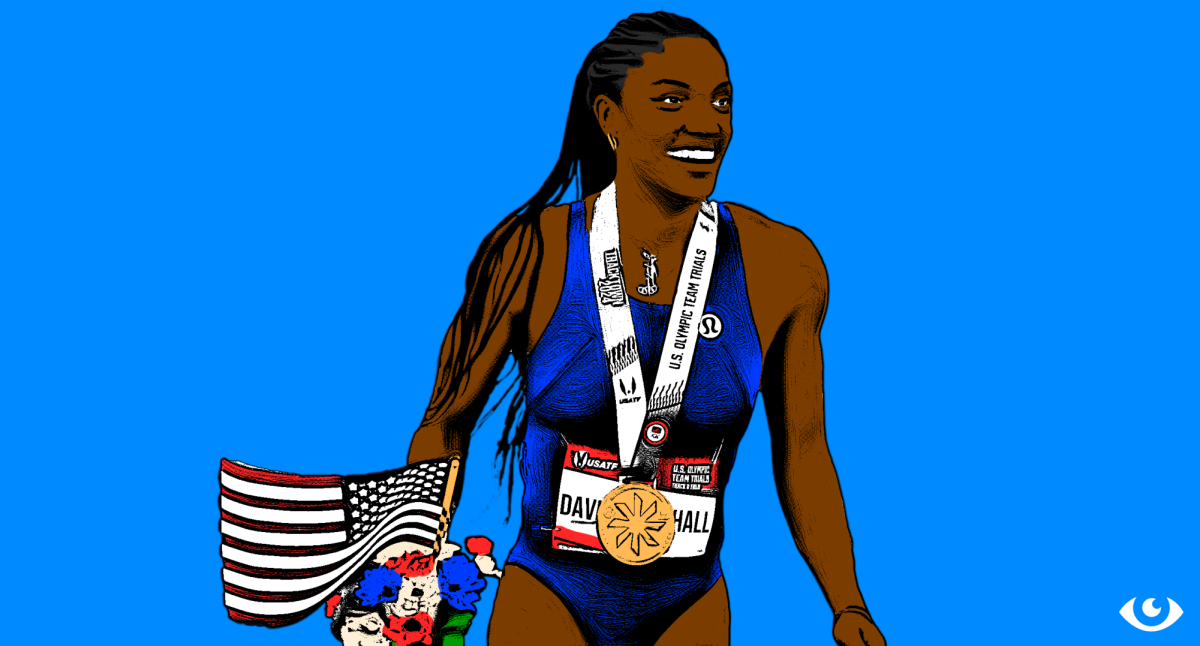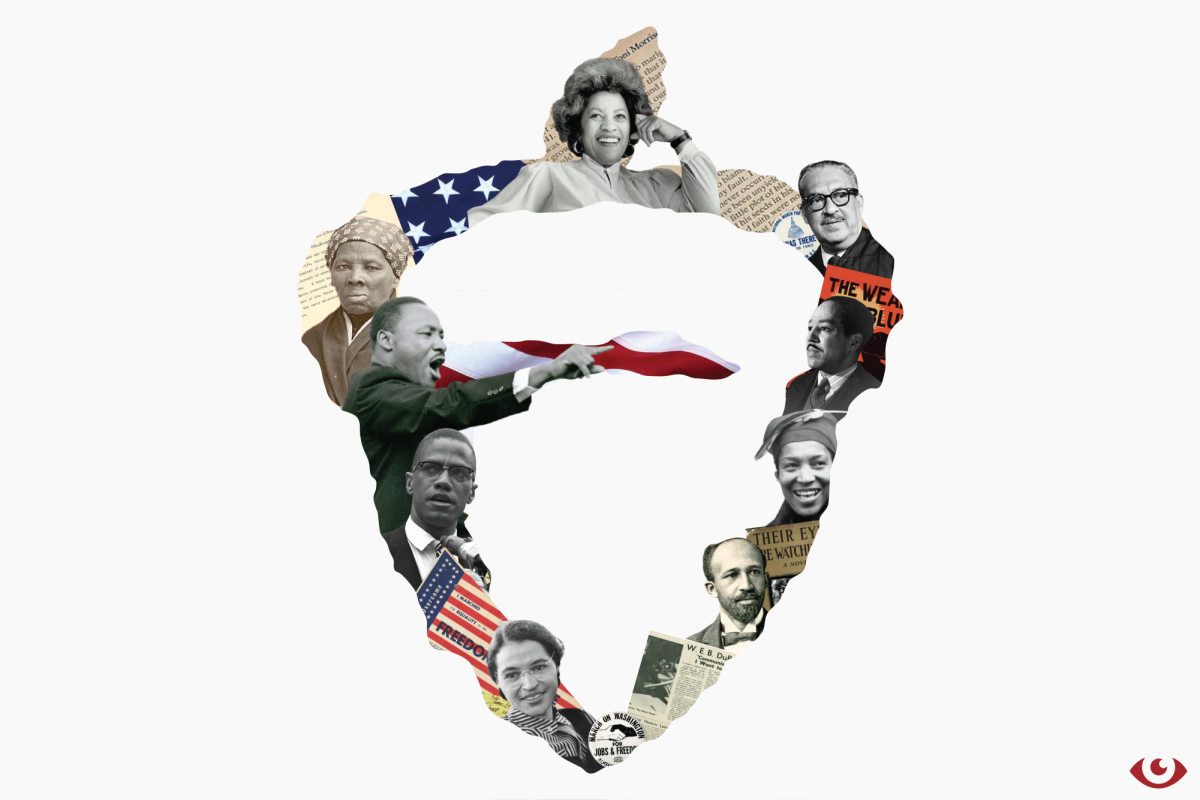While open racial prejudice was once the norm in the days of Jim Crow, because of the modern negative perception of racism, it is now often hidden. Few would admit racism, but it exists nonetheless.
It is thus often the case that people have racial bias while truly believing they are not racist. On the other hand, not all racial bias is racism.
From a psychological perspective, racism and racial bias are far more nuanced than one might think.
What is Racism?
Racism is an extreme form of prejudice.
Everyone has some form of prejudice or bias. When you make judgments based on how someone looks or dresses, your bias and personal viewpoints influence how you view them. Whether consciously or unconsciously, we all have personal experience and views that impact how we might act around people. These prejudices come in a spectrum.
On the low end of the spectrum are the underlying views that everyone has that may not affect their actions in a significant way. On the opposite end of the spectrum is racism. Racism is an extreme prejudice which causes someone to act in a violent or aggressive way toward people of a different race.
What is implicit bias?
Due to the great amount of information the mind must interpret every second of every day, brains need to take shortcuts for the world to make any amount of sense. One of these shortcuts is the inclination for humans to categorize new information.
The brain must attempt to balance efficiency and accuracy, but often the most efficient methods the brain utilizes causes mistakes.
Misplaced implicit bias is one such mistake.
In contrast to explicit thoughts, a person does not have to be aware that they hold such implicit biases because of their automatic, unconscious nature. In fact, a person can have implicit biases that contradict their expressed external thoughts.
For example, someone hiring a new employee might know that a particular woman may be just as mathematically talented as her male peers. Still, this interviewer might make a snap judgment and perceive the woman as less capable.
What causes Racism?
Different people have different ideas about how racists become racist. Some have proposed that racism is a genetic trait, while others treat it as a mental illness.
The Misconception of Genetic Racism
The first theory about racism as a genetic trait is factually faulty, according to Steve Taylor, a senior lecturer in psychology at Leeds Beckett University. The theory was that early people in the world lived in competing societies. Because the societies were hostile toward each other, it would not be advantageous for societies to be kind and accepting to people not in their group. Sharing the few things they did have with competition would only assist the other group in taking up the land and the resources. This theory is based around a Darwinist idea that the people who excluded other groups were the ones who were able to survive and pass on their genes.
This theory has many holes. Anthropologists have studied hunter-gatherer lifestyle and concluded that different groups were typically not openly hostile, nor were they territorial. Additionally, this theory assumes that bias is a genetic trait.
To truly assess the validity of this theory, Taylor explained, we would also have to look at nature versus nurture. Science has proven that race is, for the most part, a social construct. Humans only have 0.1 percent variability, a percent that is much lower than any other species. Science uses race to distinguish groups in a species that are genetically different. In our case, there is not enough variation to actually distinguish different races within humans. Basically, this means that race is a social, and not a genetic, idea. All of this is to say that racism cannot be a genetic trait, because race is not a genetic trait. Humans being predisposed to hate a different ‘race’ in this way does not make sense.
Racism as a mental illness
Another theory is that racism is a mental illness. Many people who proposed this theory suggest that racism is still a pervasive problem because of the stigma around mental illness, and our unwillingness to discuss problems associated with mental problems. The below video explores this theory in depth.
Opponents of the Racism-as-a-mental-illness theory argue that calling racism a mental illness absolves racists from social responsibility and also can be offensive to people with “real” mental illness. These people propose racism as a mental defense mechanism.
Racism as a mental defense mechanism
Some suggest that people feeling insecure and alone seek to identify with a group or race. This in itself is fine. Identifying with a group of people is generally healthy. The problem arises when people identify with a group in such an extreme fashion as to lead to enmity toward other groups or races. Often they will generalize characteristics and actions to everyone that belongs to a certain race, basing their assumptions on preexisting stereotypes. Eventually, as a person continues to alienate other groups, it can lead to outright hostility toward the other groups.
While some people who support this theory reject the idea that racism itself is a mental illness. Some agree that people with existing illnesses are more susceptible to racist attitudes. People with narcissistic personalities, for example, can’t admit fault and consequently may project their own shortcomings on to people of a different race. This creates, effectively, a scapegoat of everyone in a specific race.
Racism caused by dislike of pattern disruption
A study published in the scientific magazine, Nature Human Behavior, suggested that people who are annoyed by a disruption in patterns are more likely to demonstrate racist behavior.
“Considering that disliking social deviancy plays a major role in stigmatization, prejudice, and discrimination, an overlap between pattern deviancy and social deviancy aversion would suggest that disliking pattern deviancy potentially relates to these processes as well,” the study stated.
This theory is that people who don’t like disruption of a repeating pattern have more difficulty accepting minority groups and social deviations.
How to fix implicit bias and racism
There is no way to completely stop implicit bias, but one can limit its effects. Recognizing one’s own bias and making sure that it is kept in check is one way to start.
If you’re interested to find out about your own implicit biases, you can take this quiz from Harvard.
The quiz works by testing how quickly you are able to associate concepts like “good” and “bad” with those one may be biased against.
The best way to limit bias, though, is to expose oneself to people one may be biased against. This helps by rewriting the schema, as well as allowing one to treat others as individuals rather than groupings.
This is especially impactful in stressful situations. Snap judgments can mean the difference between life or death for an on-duty police officer. “Implicit bias suggests that in these crucial moments, the officers saw these people not as individuals…but as members of a group they had learned to associate with fear,” Jessica Nordell said on The Atlantic. While in a calmer situation, the officer may support the equality of another race, under pressure, the officer’s bias will drive their actions with potentially devastating consequences.
One must fix explicit racism in the same way: exposure. The more one understands another and finds common ground, the more open he or she is to new ideas, new perceptions and new perspectives.
For real impact to the culture, it is ineffective to pretend like race does not exist. Instead, actually discussing the issue might be the key to solving it.
“Stop Racism” by Mike Gifford on Flickr is licensed under CC BY 2.0. No changes were made to the original image. Use of the image does not indicate photographer endorsement of the article. For the full license, click here.






